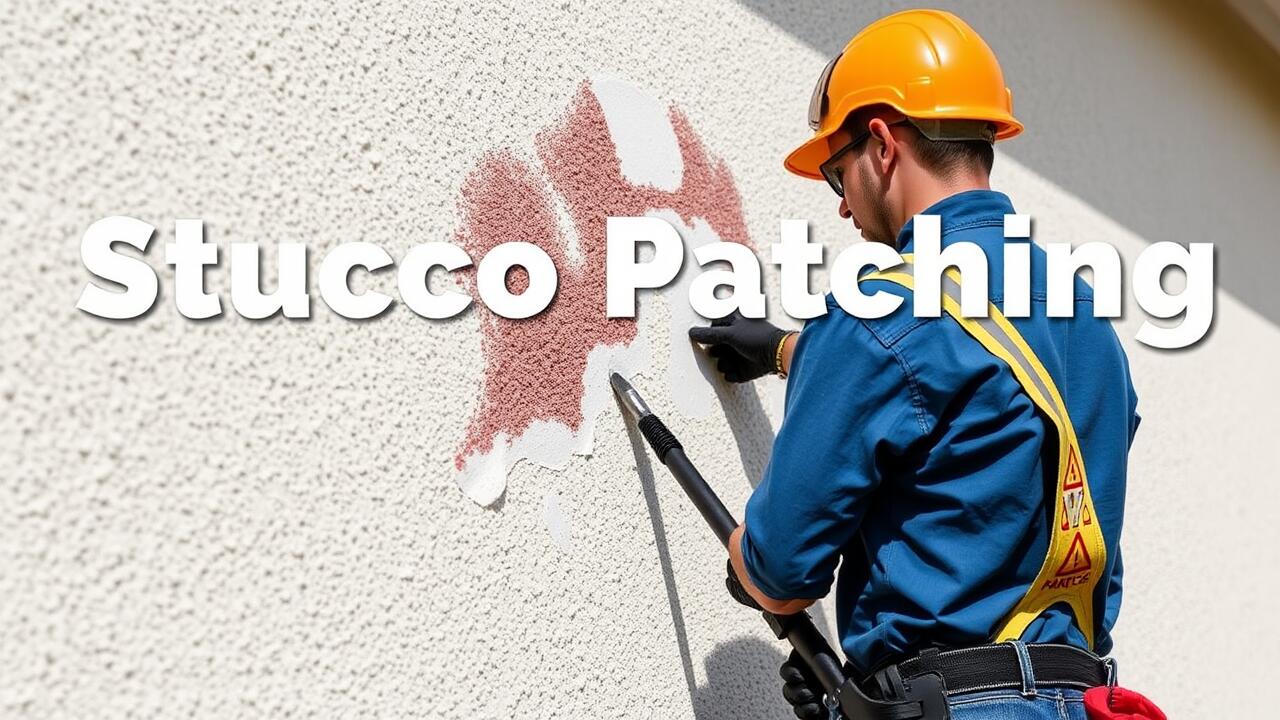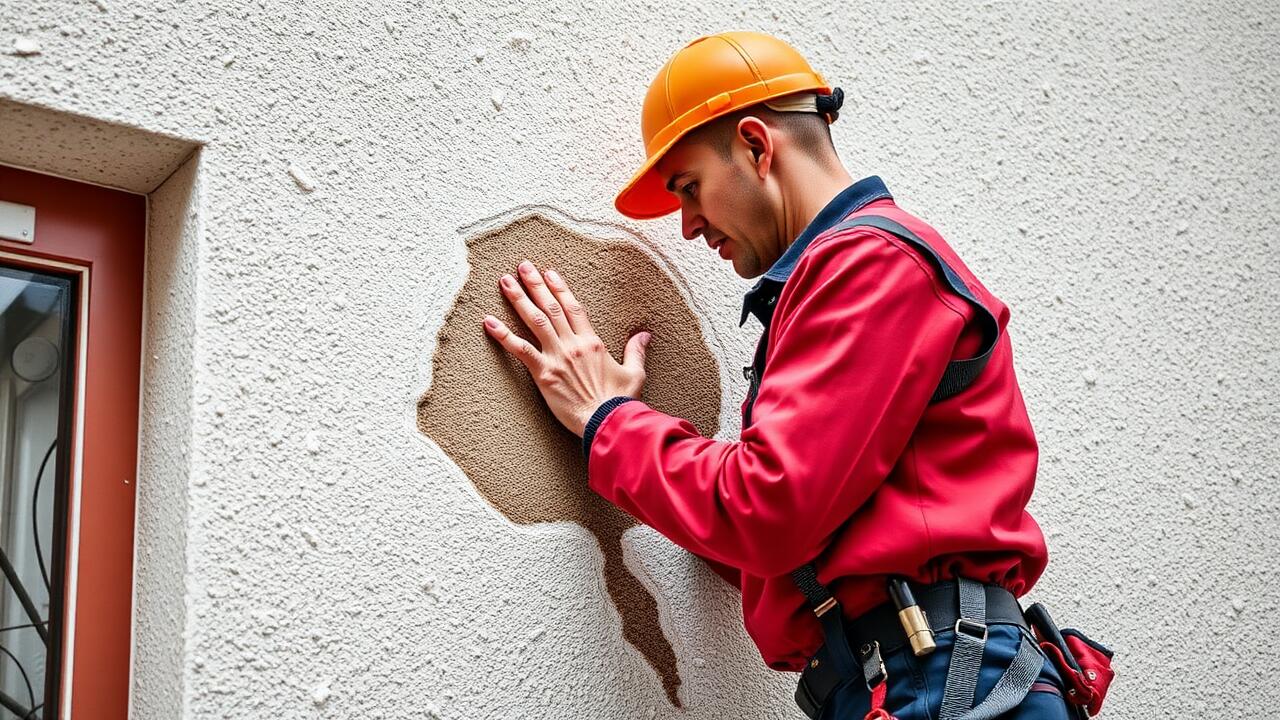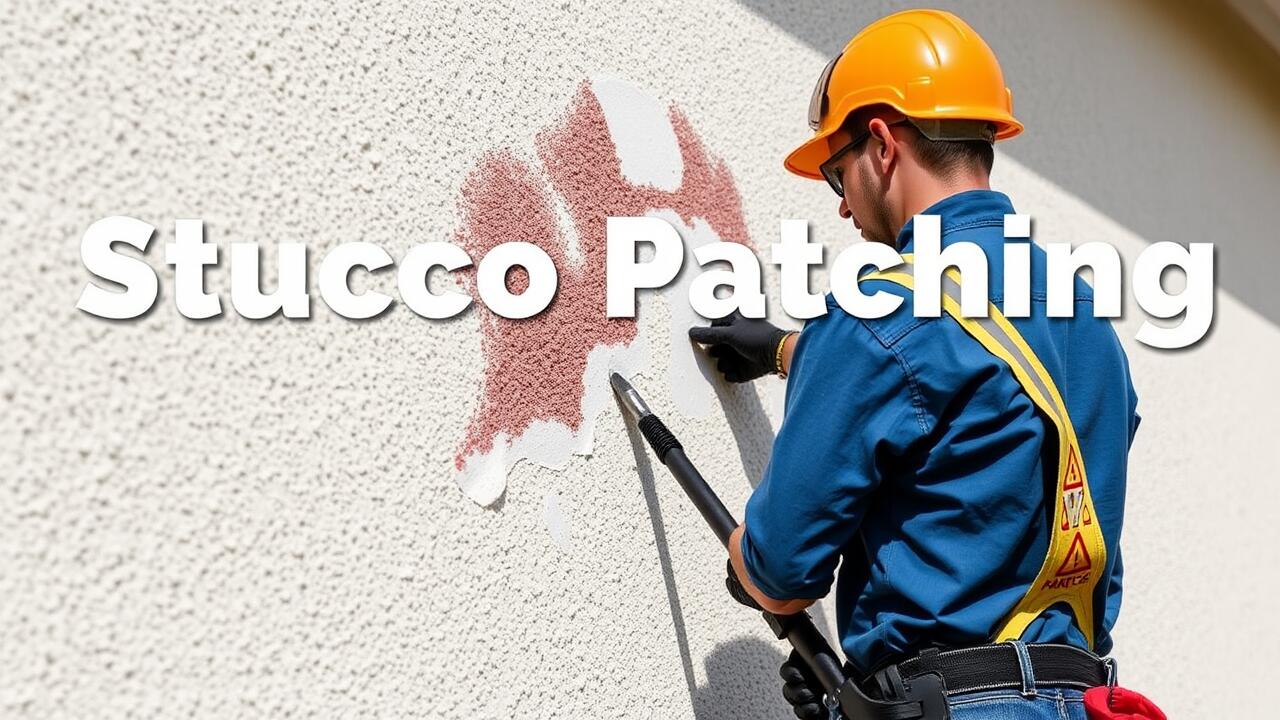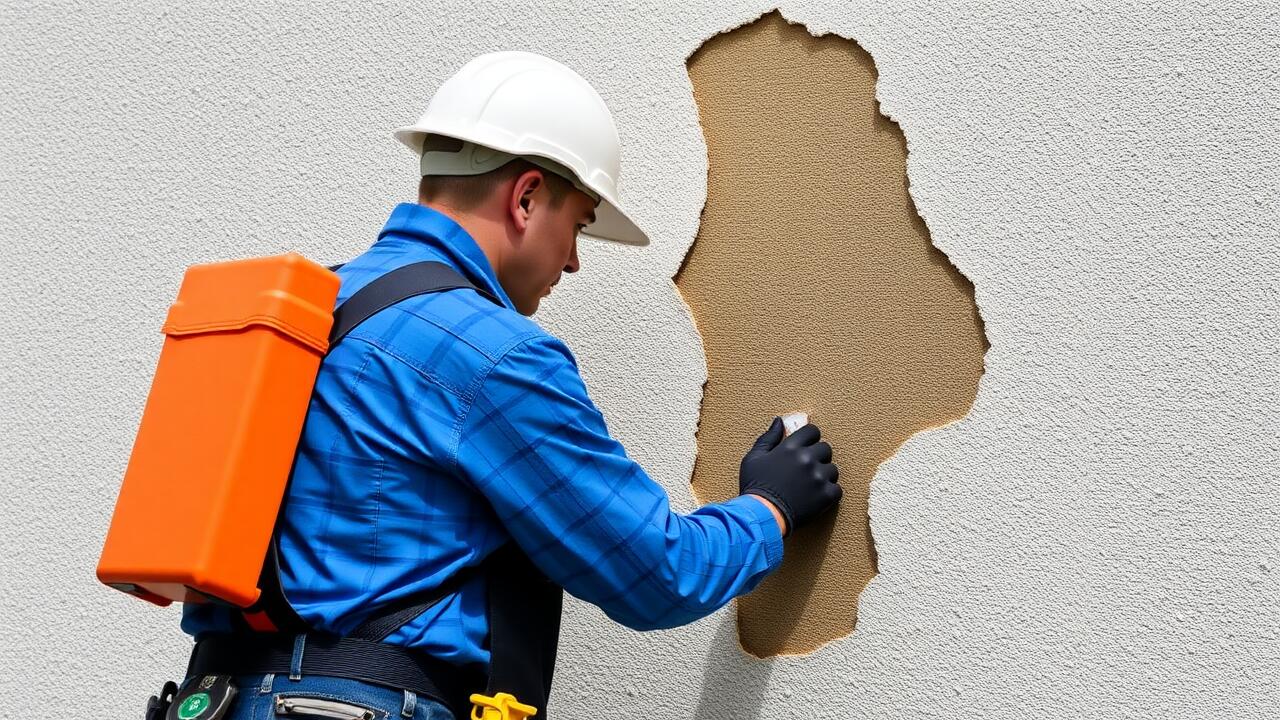
Applying the Stucco Mix
When applying the stucco mix, preparation is crucial to ensure optimal adhesion and durability. Begin by mixing the stucco according to the manufacturer’s instructions. Properly combining the ingredients will help achieve the right consistency. A thick, creamy mixture works best for a smooth application. Using a mechanical mixer can save time and effort, ensuring a uniform blend. Make sure to work in manageable batches to prevent the stucco from drying out before use.
For regions like Palms, Los Angeles, stucco patching requires special attention to the local climate. The ambient temperature and humidity levels can affect drying times and overall finish. Consider applying a bonding agent to the surface if it is particularly smooth or slick. Use a trowel to apply the stucco mix, pressing it firmly into the patch. Aim for a uniform thickness to match the surrounding area. Keep tools clean and damp to facilitate easier application and a finished look.
Step-by-Step Application Process
When beginning the stucco application process, it is important to prepare the surface thoroughly. Clean the area to remove dirt, debris, and loose materials. If necessary, dampen the surface slightly. Mixing the stucco correctly is crucial; follow the manufacturer's guidelines to achieve the right consistency. Apply a bonding agent if the existing stucco is severely cracked or crumbling to ensure that the new layer adheres properly.
Once the preparation is complete, use a trowel to apply the stucco mix, starting at the bottom of the damaged area and working your way up. Spread the stucco evenly, ensuring a thickness that matches the surrounding areas. For projects involving Silver Lake Heights, Los Angeles stucco patching, consider applying multiple coats if needed. Allow each layer to set before moving on to the next. After application, use a brush or sponge to finish the surface texture if desired.
Texturing and Finishing
Texturing and finishing stucco provides an opportunity to enhance the visual appeal of a surface while ensuring long-lasting durability. Various techniques exist to achieve the desired look. The choice of texture can vary based on personal preference or the surrounding architectural style. Popular options include smooth finishes, knockdown textures, and stucco patterns that mimic natural materials. When applying texture, one must work quickly to maintain a consistent appearance across the entire area.
For a professional finish, it is crucial to use the right tools and techniques. A textured roller or sponge can create unique designs, while a trowel is often employed for smoother, more even applications. Attention to detail can significantly impact the final look. This is especially important in areas like Brentwood, Los Angeles, where high standards for home aesthetics prevail. Ensuring proper blending with existing stucco also contributes to achieving a seamless finish.
Techniques for a Professional Finish
Achieving a professional finish in stucco work requires attention to detail and the right techniques. When working on repairs, it’s essential to match the texture of the existing stucco. Using a variety of tools, such as trowels and brushes, can help replicate different textures. For smooth finishes, a flat trowel can provide a uniform surface, while a sponge or brush can create a more textured appearance. Finding the right technique depends on the surrounding areas and the desired outcome.
In Westlake, Los Angeles Stucco Patching, variations in climate can influence finishing techniques. Considerations for moisture and temperature help determine the appropriate tools and application methods to use. Experimenting with small sections before tackling larger areas can be beneficial. This practice allows for adjustments to be made, ensuring that the final result seamlessly blends with the existing surface.
Curing the Stucco
Curing the stucco is a crucial step that often determines the longevity and durability of the repair. Proper curing allows the moisture within the stucco mix to evaporate slowly. This helps strengthen the bond and prevents the surface from cracking over time. Many professionals recommend a curing period of about 7 to 14 days, depending on the weather conditions. During this time, it's important to keep the stucco damp, which can be achieved through regular misting or covering with wet burlap.
In regions like Venice, Los Angeles, stucco patching requires particular attention to the climate. Hot, dry weather can cause rapid evaporation, leading to serious issues. In these cases, using water-retaining methods, such as covering the patched area with plastic sheeting during the hottest part of the day, can be beneficial. Following these curing practices will ensure that the repairs hold up against the elements, maintaining both the aesthetic and structural integrity of your stucco surfaces.
Importance of Proper Curing Times
Proper curing times are crucial for achieving a durable and long-lasting finish in stucco repairs. Insufficient curing can lead to cracks, uneven textures, and compromised structural integrity. During this phase, the stucco mixture undergoes chemical reactions that contribute to its strength. In areas like Silver Lake Heights, Los Angeles, where temperatures can fluctuate, monitoring these curing conditions becomes even more vital to ensure optimal results.
It is recommended to allow the stucco to cure for at least several days before exposing it to moisture or stress. Keeping the surface slightly damp can enhance the curing process, fostering a reliable bond. Homeowners and contractors in Silver Lake Heights should pay careful attention to the environment and adjust their curing methods accordingly. This attention to detail will pay off in the long run, resulting in a professional-looking finish that withstands the test of time.
FAQS
What is the best type of stucco mix to use for repairs?
The best type of stucco mix for repairs typically includes a blend of Portland cement, sand, and water. Pre-mixed stucco repair products are also available for added convenience and consistency.
How long should I wait before painting over newly applied stucco?
It is recommended to wait at least 7 to 10 days before painting over newly applied stucco. This allows sufficient time for the stucco to cure properly and ensures better adhesion of the paint.
What tools do I need for applying stucco?
You will need a trowel, hawk, mixing bucket, and a float for applying stucco. Additionally, a spray bottle with water may be helpful for misting the surface during the curing process.
How can I achieve a textured finish on my stucco?
To achieve a textured finish, you can use a brush, sponge, or specialized texture roller to manipulate the wet stucco surface. Experimenting with different techniques can help you find the texture that best suits your project.
Why is curing important for stucco repairs?
Curing is crucial for stucco repairs because it ensures that the material retains moisture, which aids in proper hydration and strength development. Inadequate curing can lead to cracking and reduced durability of the stucco.



